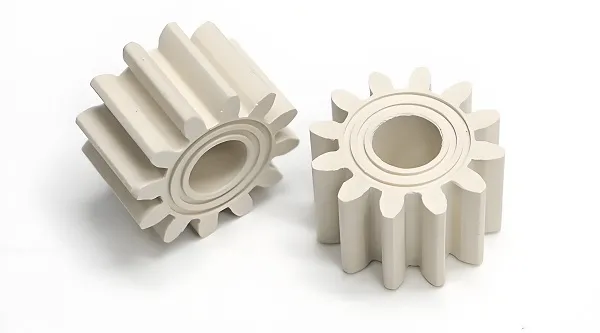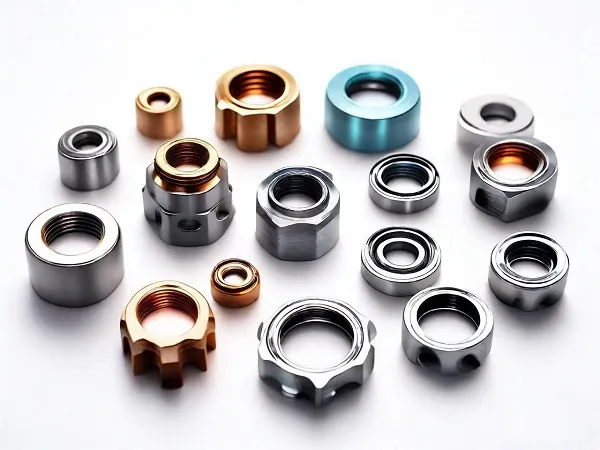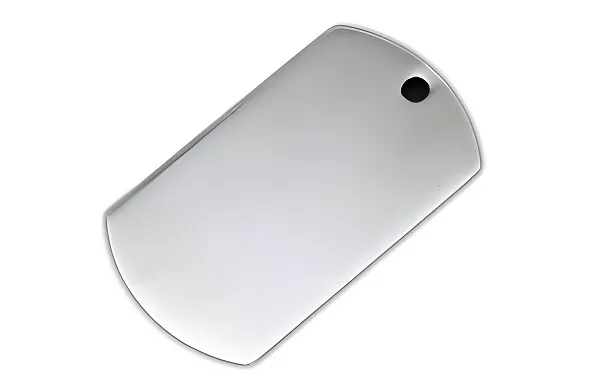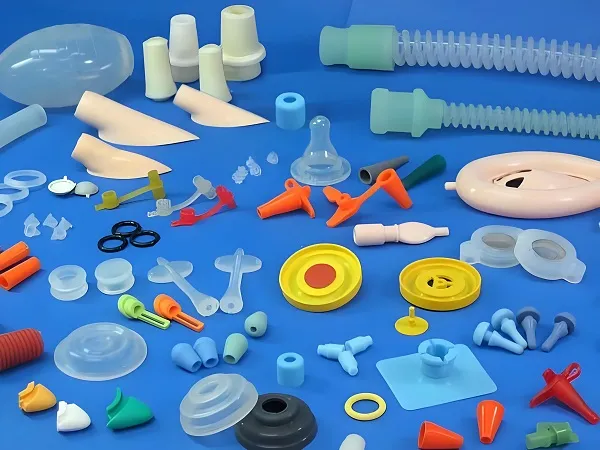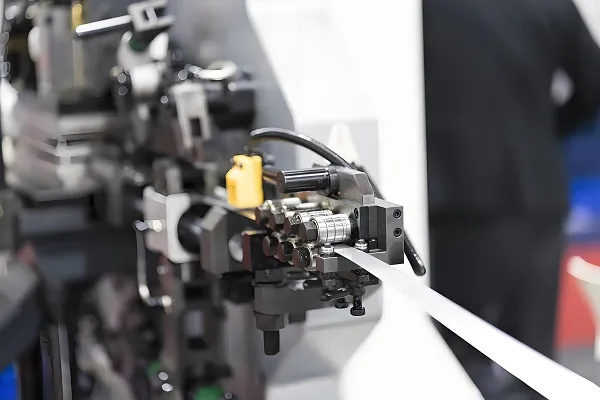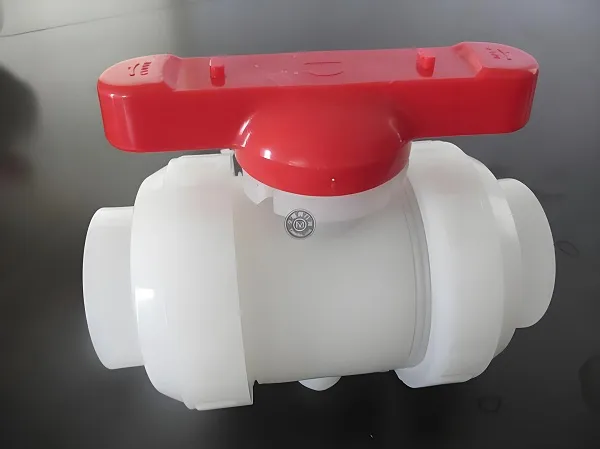In the field of computer numerical control (CNC) machining, material selection has a significant impact on machining cost, product quality, and productivity. Although numerous literatures have explored the performance and suitability of materials for CNC machining, relatively few studies have been conducted to compare data on material prices and differentiation of finished machined products. The purpose of this paper is to analyze the cost-effectiveness of different materials in CNC machining and explore their advantages and disadvantages.
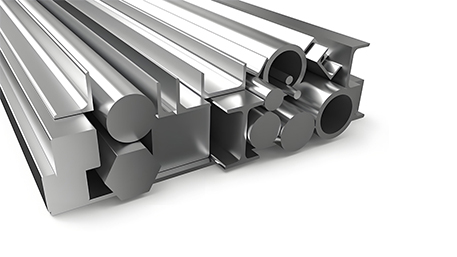
Comparison of material price and differentiation data of finished products
1. Aluminum
Aluminum is a lightweight, malleable, easy-to-machine material with good electrical conductivity and corrosion resistance. The relatively low price of aluminum makes it an economical choice for high-precision CNC machining. Aluminum is one-third the density of steel, making it suitable for applications where light weight is required. Aluminum has poor corrosion resistance in certain specific environments (e.g., in salt water or other chemicals) and may require additional corrosion protection.
2. Brass
Brass is an easy-to-machine, electrically conductive material with good moldability and corrosion resistance. Brass is relatively inexpensive and has good machinability, making it suitable for the manufacture of parts that require complex functionality. mentions that the corrosion resistance of brass decreases with increasing zinc content, which limits its use in certain highly corrosive environments.
3. Plastics
Plastic materials such as polytetrafluoroethylene (PTFE) and polyamide (nylon) are also suitable for high precision CNC machining. These materials offer good abrasion, corrosion, and insulation properties at a relatively low cost. The thermal stability and mechanical strength of plastics are usually not as good as metal materials, limiting their use in high temperature or high load environments.
4. Stainless and Alloy Steels
Stainless and alloy steels offer high strength and corrosion resistance, but are relatively expensive. Stainless steel is more difficult to machine, easy to wear the tool, increasing the processing cost. Alloy steel has excellent mechanical properties, but its processing requires strict control of temperature and cooling conditions, increasing the complexity of processing.
Advantage and disadvantage analysis
Aluminum: Advantage lies in the lightweight, low cost, easy to process; disadvantage lies in the specific environment of the corrosion resistance is poor.
Brass: Advantage is that the price is moderate, good processing performance; disadvantage is that the corrosion resistance decreases with the increase of zinc content.
Plastics: Advantage lies in low cost, abrasion resistance, corrosion resistance; disadvantage lies in lower thermal stability and mechanical strength.
Stainless steel and alloy steel: Advantage lies in high strength and corrosion resistance; disadvantage lies in processing difficulty and high cost.
Material selection should be based on demand
CNC machining material selection should take into account the functional requirements of the part, the working environment, cost-effective and other factors. For example, for aerospace parts that need to be lightweight, aluminum is the ideal choice; for medical device parts that require high corrosion resistance, stainless steel is more appropriate. The blind pursuit of cheapness may lead to a decline in product quality and increased maintenance costs in the later stages.
CNC Machining FAQ
Q: Is the cheapest material always chosen in CNC machining?
A: No. Although cost is one of the important factors in material selection, the functional requirements of the part, the working environment and the long-term benefits should also be considered.
Q: What are the main differences between aluminum and brass in CNC machining?
A: Aluminum is lighter and less costly, but has poorer corrosion resistance; brass has good machinability, but corrosion resistance decreases with increasing zinc content.
Q: What are the advantages and limitations of plastics in CNC machining?
A: Plastics are low cost, wear and corrosion resistant, but lower thermal stability and mechanical strength limit their use in high temperature or high load environments.
Conclusion
To summarize, the selection of materials for CNC machining is not simply a matter of pursuing cheapness, but requires comprehensive consideration of a variety of factors such as the functional requirements of the part, the working environment, cost-effectiveness and machining difficulty. Different materials show different advantages and disadvantages in CNC machining, therefore, in practical application, scientific and reasonable selection should be made according to specific needs. Future research should further explore the application potential of new materials in CNC machining to reduce machining costs and improve product quality and productivity.

